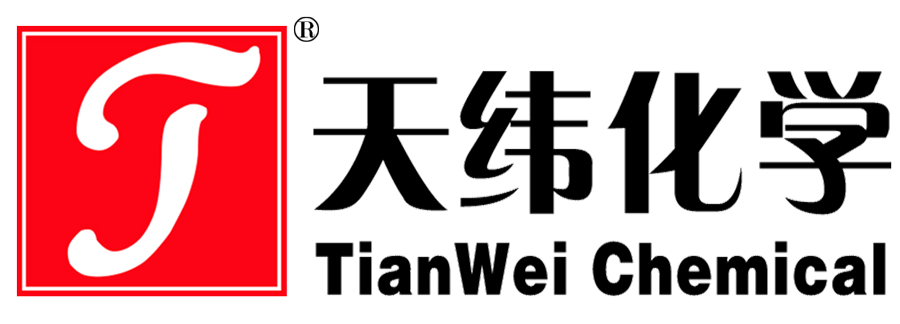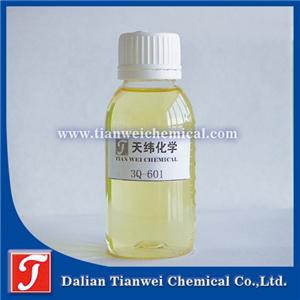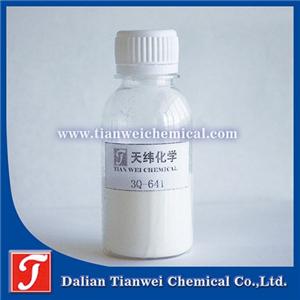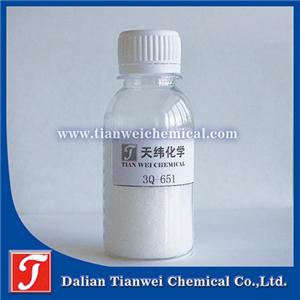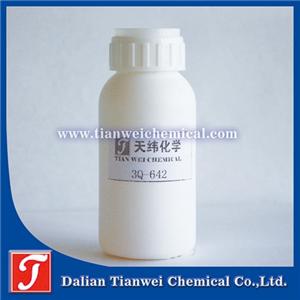How to apply an antibacterial coating to PVC flooring
The production of antibacterial coatings for PVC flooring can be achieved through various processes such as direct addition of antibacterial agents, masterbatch of antibacterial agents, surface coating, and lamination. By combining physical, chemical or biological means, the antibacterial function can be realized, and the coating performance can be optimized through sol-gel methods and electrophoretic coating methods. The following are some specific methods and steps:
I. Physical Method
The physical method mainly enhances the antibacterial performance by altering the surface structure of the coating to increase the contact area between bacteria and the coating. In the preparation of antibacterial coatings for PVC flooring, physical methods can enhance the interaction between the coating and bacteria by optimizing the surface morphology of the coating, such as increasing surface roughness, thereby improving the antibacterial effect. However, physical methods usually need to be combined with other methods to achieve better antibacterial performance.
Ii. Chemical Method
The chemical method involves adding antibacterial agents to the coating to endow it with antibacterial functions. In the preparation of antibacterial coatings for PVC flooring, the chemical method is one of the most commonly used approaches. The specific steps are as follows:
Select antibacterial agents: Choose appropriate antibacterial agents based on your needs, such as inorganic antibacterial agents like silver ions, zinc ions, and copper ions, or organic antibacterial agents like benzoisothiazolinones.
Antibacterial agent pretreatment: Mix and disperse the antibacterial agent with plasticizers, stabilizers, odor adsorbents and other additives to ensure the uniform distribution of the antibacterial agent in the coating.
Coating preparation: The pre-treated antibacterial agent mixture is added to the PVC paste resin, and the antibacterial coating material is prepared through processes such as stirring and mixing.
Coating application: The prepared antibacterial coating material is applied to the surface of PVC flooring through coating, spraying and other processes to form an antibacterial coating.
Iii. Biological Method
The biological method mainly involves introducing biological materials with antibacterial properties, such as antimicrobial peptides and antimicrobial proteins, to endow them with antibacterial performance. In the preparation of antibacterial coatings for PVC flooring, the application of biological methods is relatively rare, but it has broad prospects for development. By combining biological antibacterial agents with PVC coating materials, PVC floor antibacterial coatings with highly efficient and long-lasting antibacterial properties can be prepared.
Iv. Other preparation methods
In addition to the above methods, antibacterial coatings for PVC flooring can also be prepared by sol-gel method, electrophoretic coating method, chemical vapor deposition method, etc.
Sol-gel method: By controlling the formation of the sol and the gelation process, coatings with good antibacterial properties are prepared. This method can prepare nano-scale antibacterial coatings, which have excellent antibacterial performance and stability.
Electrophoretic coating method: By taking advantage of the effect of an electric field, the coating is evenly applied to the surface of PVC flooring, forming a coating with excellent antibacterial properties. This method has the advantages of uniform coating and strong adhesion.
Chemical vapor deposition method: By controlling the conditions of chemical reactions, a coating with antibacterial properties is deposited on the surface of PVC flooring. This method can prepare high-performance and high-value-added antibacterial coatings.
